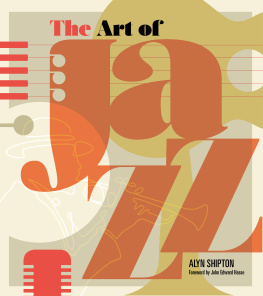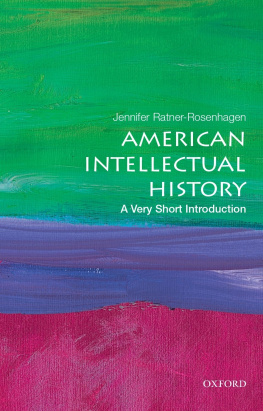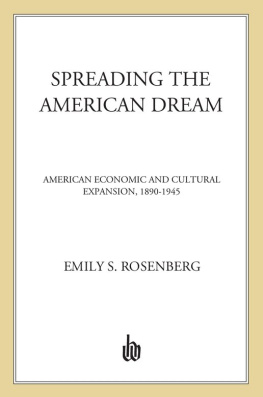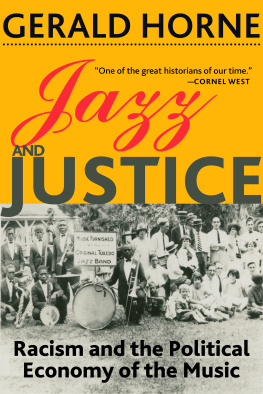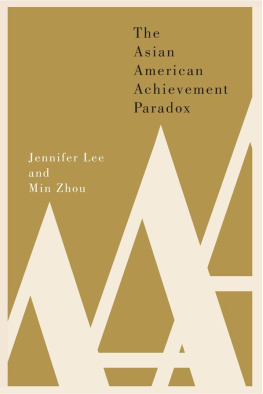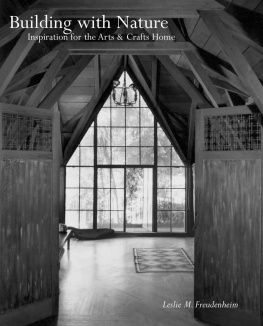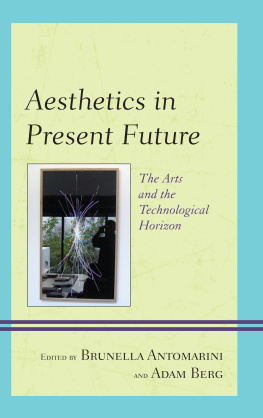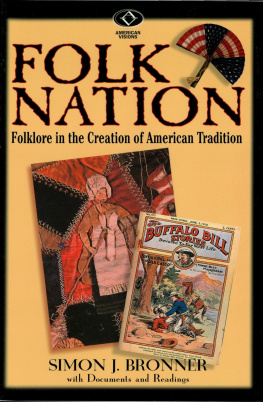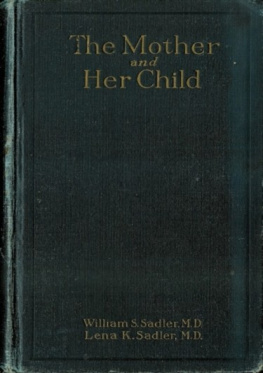Copyright 2019 by Jennifer C. Lena
Requests for permission to reproduce material from this work should be sent to
Published by Princeton University Press
41 William Street, Princeton, New Jersey 08540
6 Oxford Street, Woodstock, Oxfordshire OX20 1TR
press.princeton.edu
The epigraph to chapter 6 is from Hip: The History by John Leland. Copyright 2004 by John Leland. Reprinted by permission of HarperCollins Publishers and John Leland.
All Rights Reserved
First paperback printing, 2021
Paper ISBN 978-0-691-20479-6
Cloth ISBN 978-0-691-15891-4
ISBN (e-book) 978-0-691-18984-0
British Library Cataloging-in-Publication Data is available
Editorial: Meagan Levinson and Jacqueline Delaney
Production Editorial: Kathleen Cioffi
Jacket/Cover Design: Amanda Weiss
Production: Erin Suydam
Publicity: Tayler Lord and Kathryn Stevens
Jacket/Cover images: (top to bottom) 1) Shutterstock; 2) Collection of the Smithsonian National Museum of African American History and Culture, Gift of Bootsy Collins; 3) Shutterstock; 4) Shutterstock
CONTENTS
Preface vii
Acknowledgments xiii
The Invention of American Art, 18251945 1
Museums and Symphony Orchestras 1
Rationalizing Governance 3
The Second Wave: Ballet, Modern Dance, Theater, and Opera 6
Early Life Exposure 18
What Is an American Art? 19
Heading into the Great Depression 24
The WPA and the Opening of the American Arts 26
The WPAs Impact 27
A Cultural Democracy 30
The Long Arm of WPA Influence: Artists, Organizations, Administrators 35
Conclusion 39
The Museum of Primitive Art, 19401982 41
Nelson Rockefeller, Art Collector 43
Primitive and Modern: Frontiers of Legitimacy in the Midcentury 47
Inventing the Field of Primitive Art 48
Influencing the Postcolonial Art World 60
Move to the Met 62
Primitive Art and Artistic Legitimation 63
Conclusion 68
Opportunity Structures 70
Economic, Political, and Technological Change 71
Changes to Regulations 73
Changes within Arts Nonprofits 76
Changes to Funding 80
Conclusion 84
Expansion: 19002000 86
Building a Model of Aesthetic Legitimation 87
Conclusion 111
Cultural Appropriation 114
Cosmopolitanism 115
Slumming 118
Monets Kimono 123
Chinatown Plaid 126
Conclusion 129
Conclusion 132
Twentieth-Century American Artistic Legitimation, in Brief 137
Trajectories 140
Aesthetic Continuities across Legitimizing Fields 144
Alliances with Legitimate Fields 147
People Power 148
Appropriation from Outside 149
Never Art: Kitsch 150
Partial Legitimation: Designer Toys (Sookyung Vero Chai) 153
Appendix: Methodological Appendix 157
Notes 165
Works Cited 193
Index 229
PREFACE
Halfway through the Academy Awardwinning screenplay of the 1941 film Citizen Kane, we witness an exchange between the titular character and his surrogate father, Walter Parks Thatcher. Thatcher is breaking the news to Kane that his wife Emily is leaving him: She hasnt any friends left since you started this oil business, and she never sees you, Thatcher begins. But then Thatcher argues that it was actually Kane who abandoned Emily, niece of the president of the United States, and for a wholly different reason: You only associate with your inferiors, Thatcher tells Kane. I guess thats why you ran away from Emily. Because you cant stand the company of your equals. Thatcher continues,
You talk about the people of the United States as though they belonged to you. When you find out they dont think they are, youll lose interest. You talk about giving them their rights as though you could make a present of liberty. Remember the working man? You used to defend him quite a good deal. Well, hes turning into something called organized labor and you dont like that at all. And listen, when your precious underprivileged really get together thats going to add up to something bigger than... than your privilege and then I dont know what youll do.
Kane spits back, Are you finished? Leland assents and asks to be excused to travel to Chicago; Kane offers a small smile and responds, Youre not going to like it in Chicago. The wind comes howling in from the lake. And theres practically no opera season at all and the Lord only knows whether theyve ever heard of Lobster Newburg.
Thatcher accuses Kane of treasonous abandonment of both the class to which he has risen (your equals) and the class he once purported to defend (the working man). Kane responds by skewering Thatchers elitism: he wont enjoy Chicagos lack of sophisticationthey may not have even heard of Lobster Newburg, and theres practically no opera season at all.
This two-minute exchange, in what many have called the greatest film ever made, pillories the myth of a classless American society. Kanes wry observation of Thatchers highbrow cultural tastes (for Lobster Newburg and opera) illuminates the class tensions that fuel many American jokes. The jokes humor is supercharged by the effects of the Great Depression. And the exchange reveals Kanes particularly American personality: supremely and ambitiously self-interested, and contemptuous of elitism. Accompanying his contempt, as viewers of the film know, is Kanes quest to live an elite lifestyle.
At the heart of this book is a question about American elites: How did they become sophisticated cosmopolitans while maintaining the myth of equal access to opportunity? Directing his critique toward elites of his time, great American writer Frederick Douglass wrote: We affect contempt for the castes and aristocracies of the old world and laugh at their assumptions, but at home foster pretentions far less rational and much more ridiculous.
American highbrow snobs, like Thatcher, issue from a nineteenth-century world, dominated by the aspirations of a still-new American republic. Used as both a noun and an adjective, the term highbrow was inherited from phrenologists and originally described people who enjoyed unusually large foreheads. By the end of the nineteenth century, the term came into use as a way to refer to someone who was an intellectual or an elite (No marvel of much wisdom Eustace was,You know him, Hal,no highbrowed intellect [1876]) It is perhaps the last definition that leads the Oxford English Dictionary to note that the term is, in its colloquial use, occasionally depreciative.
This isnt just an exercise in etymology. The association of elite people with sophisticated tastes is borne out by research. Members of the upper classespeople with high income, wealth, educational attainment, social status, and political and social powerhave highbrow tastes for opera, ballet, classical music, and other culture that helps to maintain a distinction between themselves and others.


